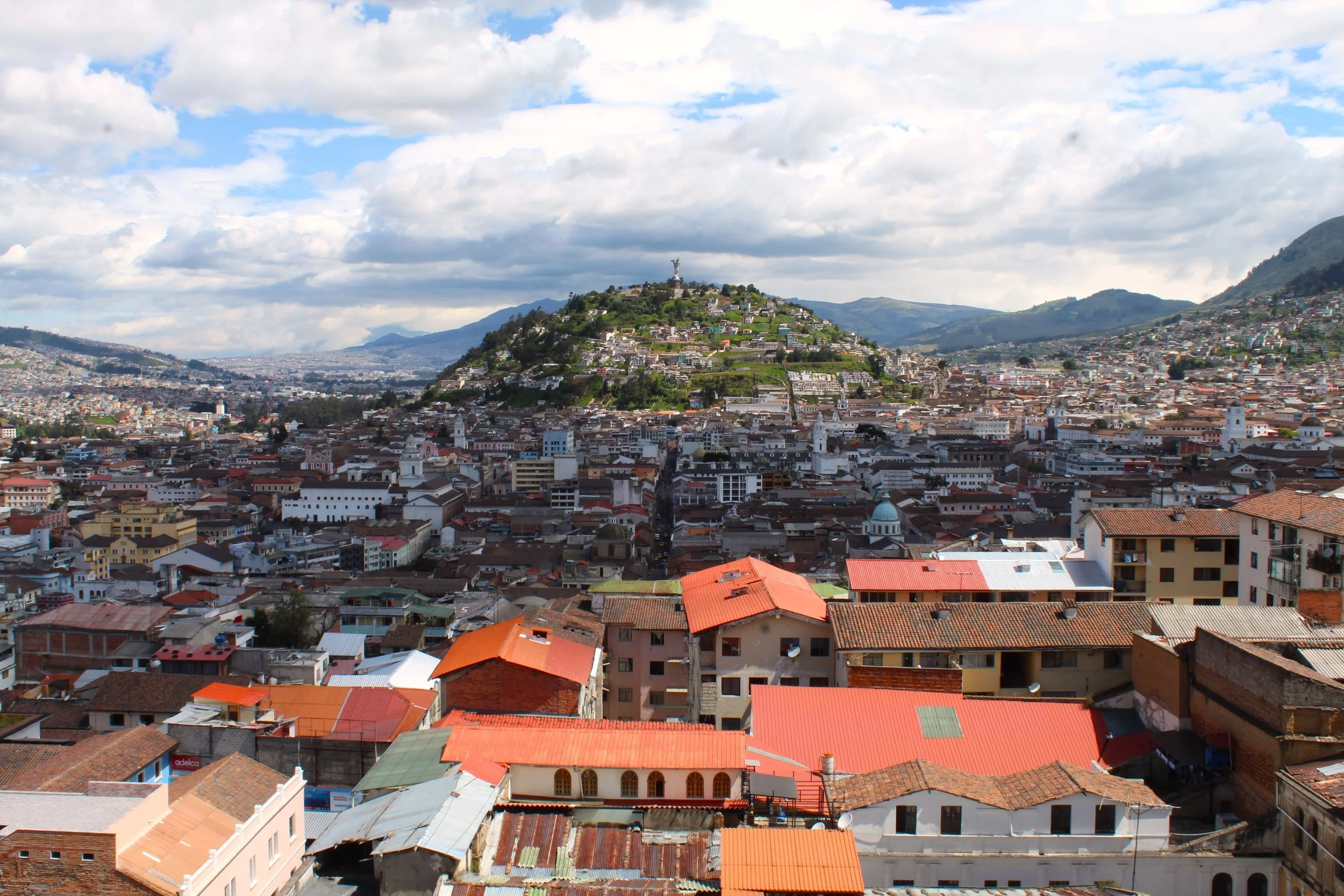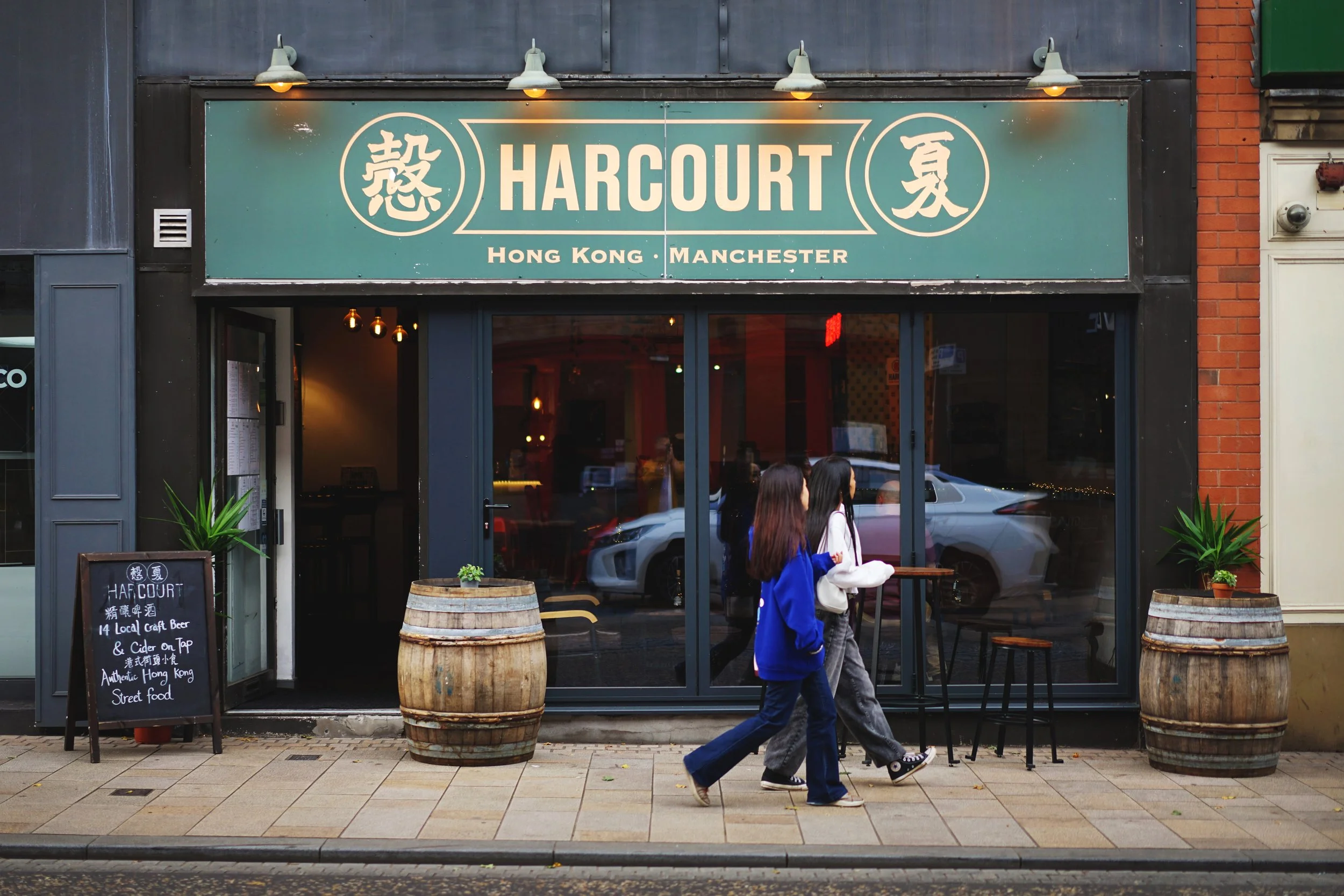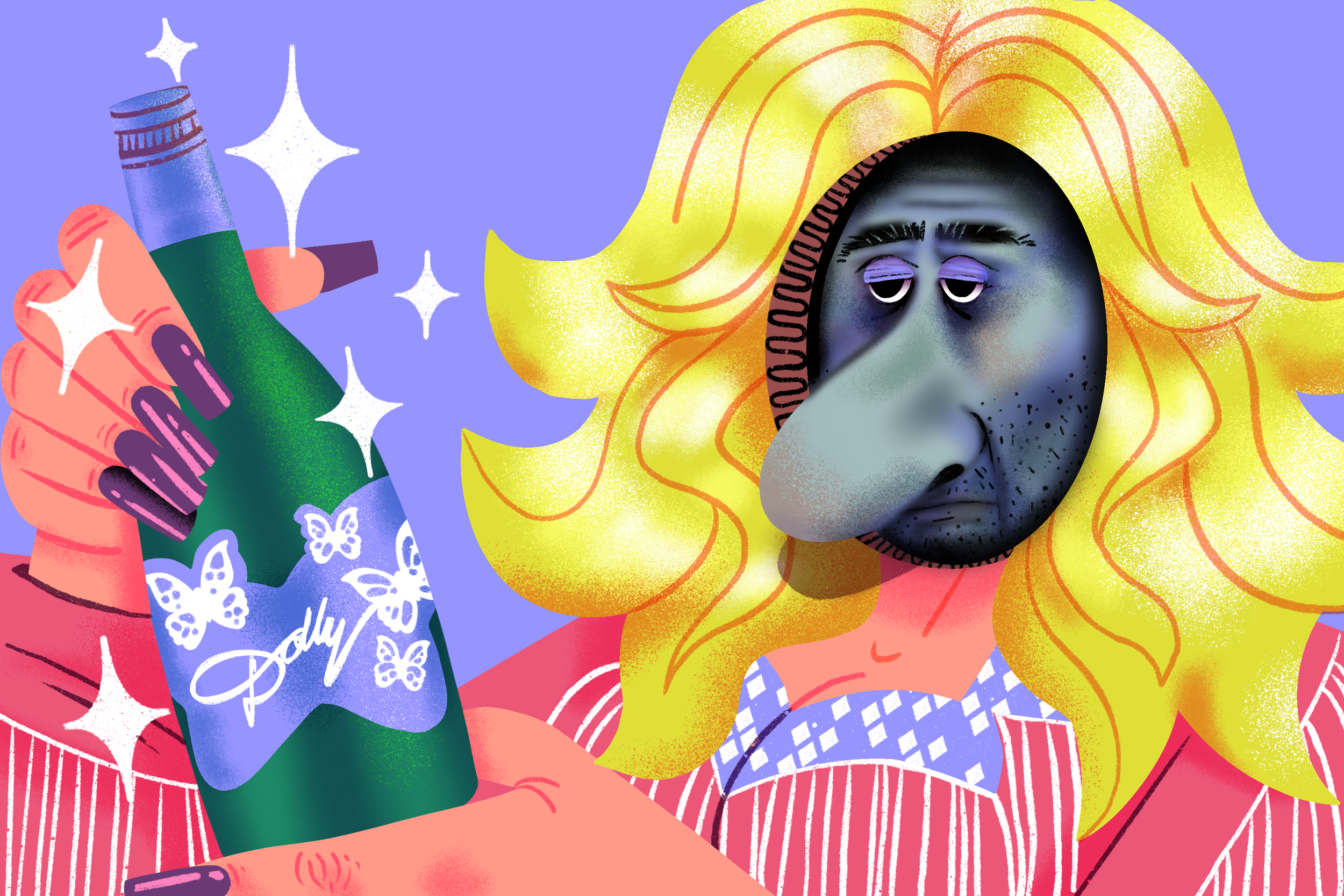Santé! – A Love Letter to the Proletariat in a Champagne Glass
The oldest ancestor I was able to recover in my family tree is Jean, born on December 27 1693 in Champagne, France, 15 miles from where I was born and 2 miles from the village I grew up in.
The press clipping reporting his marriage, on February 15, 1718, says he was a ploughman. As was his son, Jean. Then Nicolas, Isidore, Théophile, Camille, Fernand and finally, my grandfather, all followed the same agricultural path. On both my mom and dad's side, my elders were sharecroppers, farm workers, day labourers and domestic workers.
My family tree makes a strong case for social reproduction, which makes me think about the time my big brother told me with a sad smile: “Well, I’m a worker, son of a worker, that’s just how it is.”
When I look at pictures from my childhood, I chuckle at how perfectly they embody French proletarian families from the late 90s and early 2000s. But there’s something I noticed in many photos that people won’t associate with working class people: champagne bottles.
There, on a wooden table covered with a paper tablecloth, alongside my dad making a face. Here, next to my brother blowing out his birthday candles in our living room, with tacky wallpaper already outdated at the time. Even on the plastic table washed-out by years of frosty winters and hot summers in the gravel yard of the first home I lived in.
When people think about champagne, luxury is usually the first word that comes to mind, with depictions of glamorous people drinking from crystal flutes in a lavish venue—this is how champagne has long been marketed and depicted in TV shows and films, after all.
But not for me. When I recall the drink, I conjure up images of paper plates, my dad’s western inspired jacket, the embers of a barbecue, No Limit by 2 Unlimited blasting from the open trunk of the car, my cousin and I wildly dancing to it.
Illustrations by Hannah Lock
I was born and grew up in the Marne department, where most of the famous bubbly wine is produced—the area makes up 66% of the champagne vineyard. There, people buy 117% more champagne than the national average according to a 2014 study—yes, even labouring class families like my own.
***
An open can of mackerel, a loaf of bread, a piece of cheese and crumbs everywhere, two whole artichokes. Next to all these simple and cheap meals, a champagne flute and a few words. “Nothing to celebrate, just savour it.” “Pop the cork and the prejudices.” “Not pompous, just tasty.”
I remember seeing these ads in Reims, where I lived for seven years, thinking that big advertising companies really know nothing about working class people—along with a big sigh of fatigue to see poor people's food glamorised by a multi-billion pound industry.
““When I recall the drink, I conjure up images of paper plates, my dad’s western inspired jacket, the embers of a barbecue, No Limit by 2 Unlimited blasting...””
Champagne’s sales are now declining every year (according to the latest estimates from the Champagne Committee, a 12.5% drop has been recorded between May 2023 and April 2024,) and the industry seems stuck between wanting to keep its luxurious image alive and appealing to a different audience: younger and less wealthy.
“They want people to consider champagne as a drink for any occasion and not just for a special one,” says Maxime Mascoli, a local journalist reporting on champagne in Épernay.
“Only here, champagne is seen as an everyday drink. Reims is the only place where I’ve seen students ask for champagne at a bar, rather than beer,” he recalls.
I’m not saying that every person living in Champagne drinks bubbles for breakfast (though I invite you to visit Reims farmers market on a Sunday to witness old ladies having a champagne glass as early as 10 in the morning) or that it sits on every working class family table.
But a more familiar, popular and approachable way of drinking champagne does exist, and advertisers have yet to realise it. If they truly want to convey something other than luxury, they could start by getting rid of that fancy crystal flute, and replace it with a blida.
“Blida is the epitome of working class champagne,” Maxime tells me, and I couldn't agree more.
Originally made in Reims, this small, 70ml glass was sent to the town of Blida, Algeria, for serving mint tea. After Algeria’s war for independence in 1962, the market collapsed and manufacturers found another use for the glass—champagne.
To be served a blida, you’ll need to get off Épernay’s renowned Avenue de Champagne and push the doors of old winemakers in the Montagne de Reims’s villages, or in the disregarded Coteaux Vitryats. You can also attend events like the 18km La Champenoise trail race through the Champagne region.
“It’s essentially a running competition in the vineyards where refuelling is done with champagne,” Maxime says, laughing. “I discovered there that champagne could have a popular side, one where people have fun in wacky costumes and get drunk on €2.50 blidas.”
There’s not much to recollect to understand how and why the blida became the working-class favourite vessel to drink champagne.
A first hint would be about the design of the glass itself: small, sturdy, easy to clean and stackable. That’s how it naturally became the go-to glass during the cochelet, the feast that marks the end of the traditional champagne harvest.
All I can personally offer to make my case are my childhood memories of half-empty blidas on the disposable tablecloth at the village fair, condensation from the glasses leaving marks on the paper, me scratching my nails through it to rip it, my brother secretly drinking what’s left in the glasses while the adults are dancing to Eurodance.
Or that typical Sunday family dinner at my grandparents’ farm, my grandma placing a perfectly roasted chicken on the table, my brother and I fighting to get the crispy chicken skin and my grandpa going back and forth to the cellar to get unlabeled bottles of his homemade sparkling wine.
In the living room cabinet, he takes out two white cardboard boxes of blidas for everyone to drink from (rule number one for blida owners: never throw away the box).
My grandpa is 86 years old now. When I ask him how he makes sparkling wine, he answers with a grin and shrugs: “I press the grapes.”
I push a little more and that’s when he gets up, reaches for his cane, and I follow him through a narrow concrete staircase.
The red brick vaulted cellar must not be more than six square metres. A thick layer of dust covers bottles stacked on wooden bottle racks. Little paper notes with his handwriting tells me that some of them have been sleeping here for more than a decade. I try to ignore the many cobwebs surrounding me while he shows me his equipment.
“No one has ever complained about having a headache after drinking it,” he says after explaining the whole process. “I don't pack the thing with sulphites.”
For big family reunions, my grandma still makes her famous soupe champenoise with it—literally “champagne soup”, a sort-of punch. She puts her mix of champagne, Cointreau, lime and cane sugar in a plastic tap barrel to make the service effortless.
It is, to this day, the most treacherous cocktail I’ve ever tasted, considering I’ll empty several blidas before realising how strong the whole thing is—but, like Grandpa says, at least I’ve never got a headache from it.
***
Champagne is made thanks to working class people. And every year I get pissed off by winegrowers complaining in the press about not finding workers for the harvest or being angry at people withdrawing after a day in the vineyards.
““Blida is the epitome of working class champagne””
“It’s getting more and more difficult for workers to get housing during the harvest,” Maxime says. “Some winegrowers don’t even offer transportation and lunch, which should be a basic requirement.”
In 2023, work inspectors found dozens of undocumented African workers living in a windowless hangar in dire conditions, with a bag of rice and grapes as the only food. A similar case occurred in 2018, where hundreds of people from Afghanistan or Sudan were promised working contracts by champagne house subcontractors and ended up sleeping on cellar’s floor and working from 7am to 10pm.
During the harvest, winegrowers are allowed to make their workers labour beyond the maximum duration of working time, up to 60 or even 72 hours a week. In July 2024, a new decree also gave them authorization to remove the legal day of rest.
Lawmakers justify this decision by saying that “grapes don’t wait.” But under the heat and exhaustion the proletarian body must. In 2023, four people went into cardiac arrest and died in a Champagne vineyard, including a 19-year-old man.
Champagne wouldn't be on the fanciest tables around the world if it weren't for proletarians. This goes for any luxurious thing. You know the designer’s name but not the petites mains making the latest It bag. You know the renowned chef but not the line cooks, the potwash.
You know the big champagne houses and the famous winemakers by name, but not the people who work the vineyard all year long, pruning the vines, setting up the trellising system, harvesting and sorting the grapes.
““Champagne wouldn’t be on the fanciest tables around the world if it weren’t for proletarians.””
An old man whose pension does not help him exceed the poverty line. A single mother taking a leave from work to earn what will help pay a few more bills. A student securing their next months of grocery shopping. An undocumented worker accepting the worst working and living conditions in hope of a better future.
Their names are Mamadou, Colette, Frédéric, Hélène, Ibrahim, Florence, Francis, Steven, Martine, Ahmed and so on. I assume their family tree must look quite like mine.
Pellicle is reader supported and proudly free to read. Become a Patreon subscriber and enable us to commission and publish more stories just like this one—and enjoy special Pellicle Patreon perks too. Subscribe here.

















